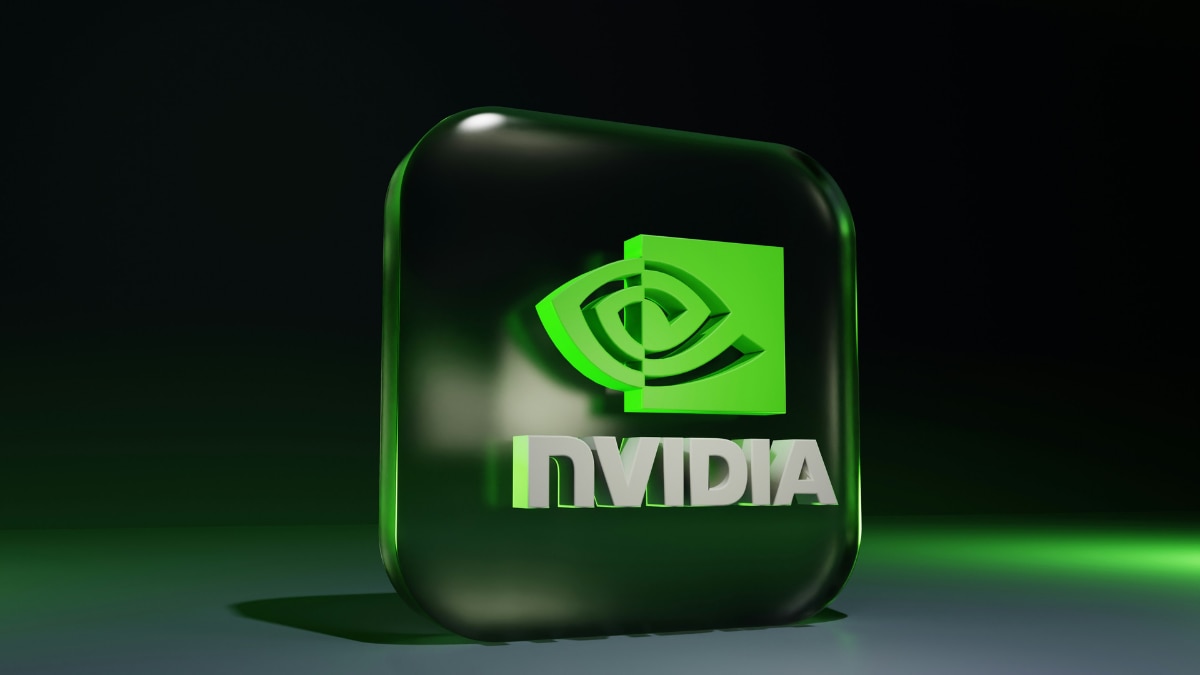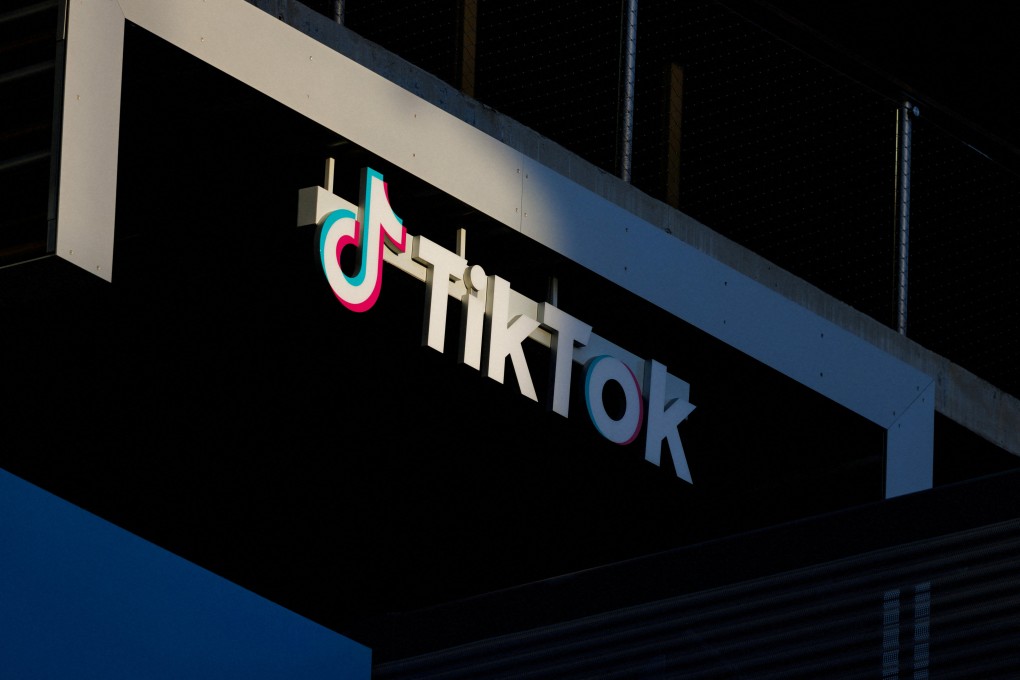
Nvidia has launched Nemotron-4-Mini-Hindi-4B, a lightweight AI model with 4 billion parameters aimed at enhancing AI capabilities in India's widely-used Hindi language. This initiative reflects Nvidia's efforts to tap into the growing market for AI technologies in the country. In alignment with these goals, Nvidia's CEO, Jensen Huang, engaged with Mukesh Ambani, the chairman of Reliance Industries and Asia's richest individual, at a conference in Mumbai.
This collaboration underscores the strategic importance of AI advancements in sectors such as agriculture, education, and manufacturing, which are increasingly adopting AI to boost productivity. Although India currently represents a smaller revenue stream for global tech companies, its expanding economy offers significant growth opportunities for the future. ALSO READ | Nvidia Teams Up With Reliance To 'Build AI Infrastructure': Here's Why The Chipmaker Is Keen On India Nvidia in a statement said, "The model was pruned, distilled and trained with a combination of real-world Hindi data, synthetic Hindi data and an equal amount of English data.
" It added that Tech Mahindra is the first to use its offering with the aim of developing a custom AI model, Indus 2.0. The Indus 2.
0 is focused on Hindi and dozens of its dialects. India's Time To Emerge As The Big Dog? Only about 10 per cent of India's 1.4 billion population speaks English, despite the constitution recognizing 22 different languages.
This linguistic diversity has prompted businesses, from large corporations to startups, to concentrate on developing AI models tailored to various languages, enhancing consumer engagement and facilitating applications like customer service assistants and content translation. In contrast to large language models like OpenAI's GPT-4, which powers ChatGPT, small language models are trained on more limited and specialized datasets, making them typically less expensive and more appealing for companies with limited resources. Global semiconductor companies are increasingly investing in India and establishing facilities as the nation strives to bolster its semiconductor industry and compete with established hubs like Taiwan.
However, analysts indicate that achieving these goals may take several years. Nvidia, which established its presence in India nearly two decades ago, has engineering and design centers, along with offices in major cities such as Bengaluru, a southern tech hub, and nearby Hyderabad..














